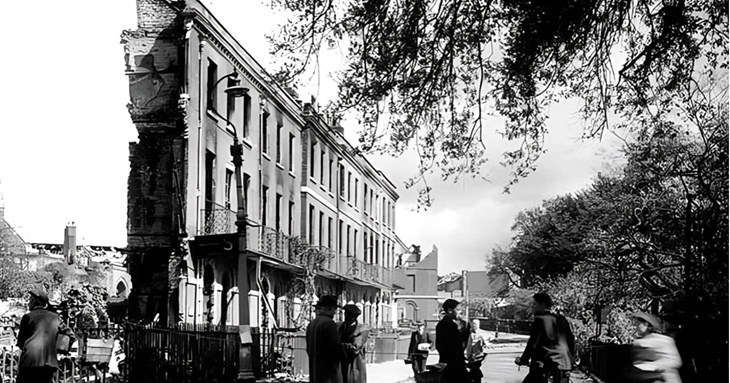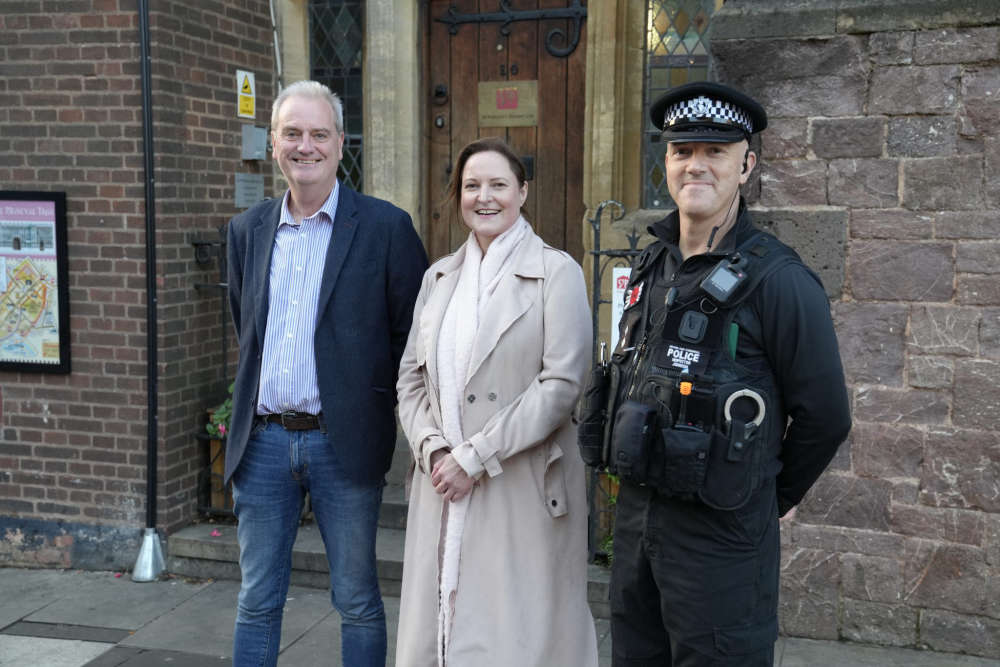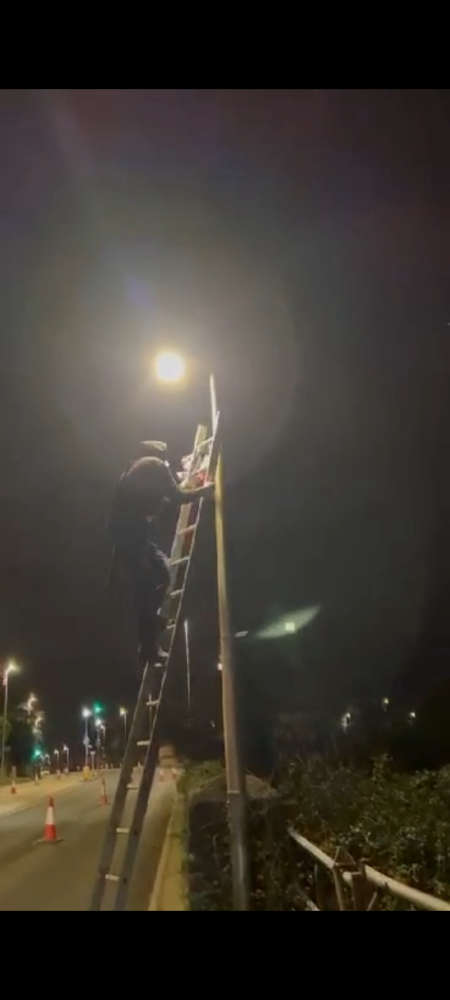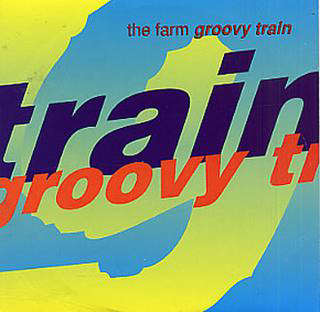
This May, Exeter will commemorate the 80th anniversary of Victory in Europe (VE) Day with special events that look back at the devastation of war and the joy of its end.
Events will serve as a reminder of how the city was scarred, shaped, and ultimately strengthened by the Second World War.
Two standout events led by Exeter’s Red Coat Guides will help residents and visitors alike step back into the past to reflect on those turbulent years and how they forged the spirit of the city as it is today.
Red Coat Guided Tour: The Exeter Blitz
Saturday 4 May 2025
Tours at 11.15am and 3pm
Starts from the Devon War Memorial, Cathedral Green
Find out more: exetercornexchange.co.uk/whats-on/red-coat-guided-tour-exeter-blitz
On the anniversary of the Baedeker Raid of 4 May 1942, this walking tour offers a sobering look at the air attacks that devastated Exeter. Learn how the historic city centre was changed forever and how the community rallied in the face of destruction.
VE Day and After in Exeter – Red Coat Talk at the Guildhall
Thursday 8 May 2025
Exeter Guildhall
Hosted by Red Coat Guide Jon Bell
In aid of FORCE Cancer Charity
Book your place: exetercornexchange.co.uk/whats-on/red-coat-guides-talk-ve-day-and-after-in-exeter
This compelling talk explores how Exeter marked the end of war in Europe and the days of renewal that followed. Hosted in the historic Guildhall—a building that withstood the Blitz—it’s a fitting setting to honour Exeter’s journey from bombsite to beacon of resilience.
A City Scarred by War, Awaiting Peace
By 1945, Exeter was a city bruised but unbowed. The Baedeker Blitz had killed 265 people, destroyed 1,500 homes, and left the High Street in ruins. Rubble lined the pavements. Air-raid sirens haunted the night. Blackout curtains and ration books were part of daily life.
But on 8 May 1945, the news came: Germany had surrendered.
Joy in the Rubble: VE Day in Exeter
As church bells rang for the first time in years, crowds flooded to Cathedral Close and the Guildhall to hear Winston Churchill declare victory. The relief was electric.
Union Jack flags and bunting appeared even on shattered windows. Communities threw impromptu street parties, sharing cake, tea, and laughter amid the ruins.
In Exe Island, neighbours pooled rations for a feast. In Heavitree, red, white, and blue banners flew over Hoker Road as the local vicar blessed a symbolic cake cut by a young Sheila Mairs.
Bonfires lit up gardens. People danced in the streets. For the first time in six years, homes were aglow—not with fear, but with joy.
A Parade of Peace and Unity
Even as the city bore its scars, it staged a victory procession through its centre. Costumed symbols of Allied nations—Britannia, Uncle Sam, Joan of Arc, and the Statue of Liberty—marched past cheering crowds.
But even celebration couldn’t hide the devastation. Empty lots and bomb craters served as reminders of all that had been lost. Yet Exeter chose to look forward.
From Thanksgiving to Rebuilding
Exeter Cathedral, itself damaged by enemy bombs, held thanksgiving services beneath its still-standing towers. Prayers were said for peace, for the fallen, and for loved ones yet to return.
Though food, clothing, and fuel remained rationed, a new sense of hope and purpose took root.
Weeks later, Exwick Fields hosted the European Victory Meeting—a charity speedway race that brought excitement back to the city and raised funds for those impacted by war.
Later that year, city planner Thomas Sharp unveiled the “Exeter Phoenix” plan—a bold vision to rebuild Exeter as a modern city, while honouring its heritage.
A Living Legacy
Today, the stories of 1945 still echo through Exeter’s streets. The courage shown during the Blitz, the relief of VE Day, and the community spirit that followed are not just historical footnotes—they’re part of the city’s DNA.
The events of 4 and 8 May 2025 are a chance to honour those stories, remember those we lost, and ensure the spirit of VE Day continues to inspire future generations.

 DevonAir Radio Reveals Long-Running Secret Sound and Donates £1,000 to Children’s Bramble Ward
DevonAir Radio Reveals Long-Running Secret Sound and Donates £1,000 to Children’s Bramble Ward
 E bikes seized in Exeter City Centre and one male arrested for immigration offences
E bikes seized in Exeter City Centre and one male arrested for immigration offences
 Plan for new solar panel arrays will save money and cut emissions in Exeter
Plan for new solar panel arrays will save money and cut emissions in Exeter
 Big-hearted Exeter Students Host Festive Feast for Community
Big-hearted Exeter Students Host Festive Feast for Community
 Exeter’s safe haven striving to break the cycle of homelessness
Exeter’s safe haven striving to break the cycle of homelessness
 Christmas wrapping paper and cards can’t be recycled in green bins
Christmas wrapping paper and cards can’t be recycled in green bins
 Police give update following the serious collision, Colyford in last week
Police give update following the serious collision, Colyford in last week
 Man spoken to amid flag shenanigans as bid to recoup costs goes on
Man spoken to amid flag shenanigans as bid to recoup costs goes on













